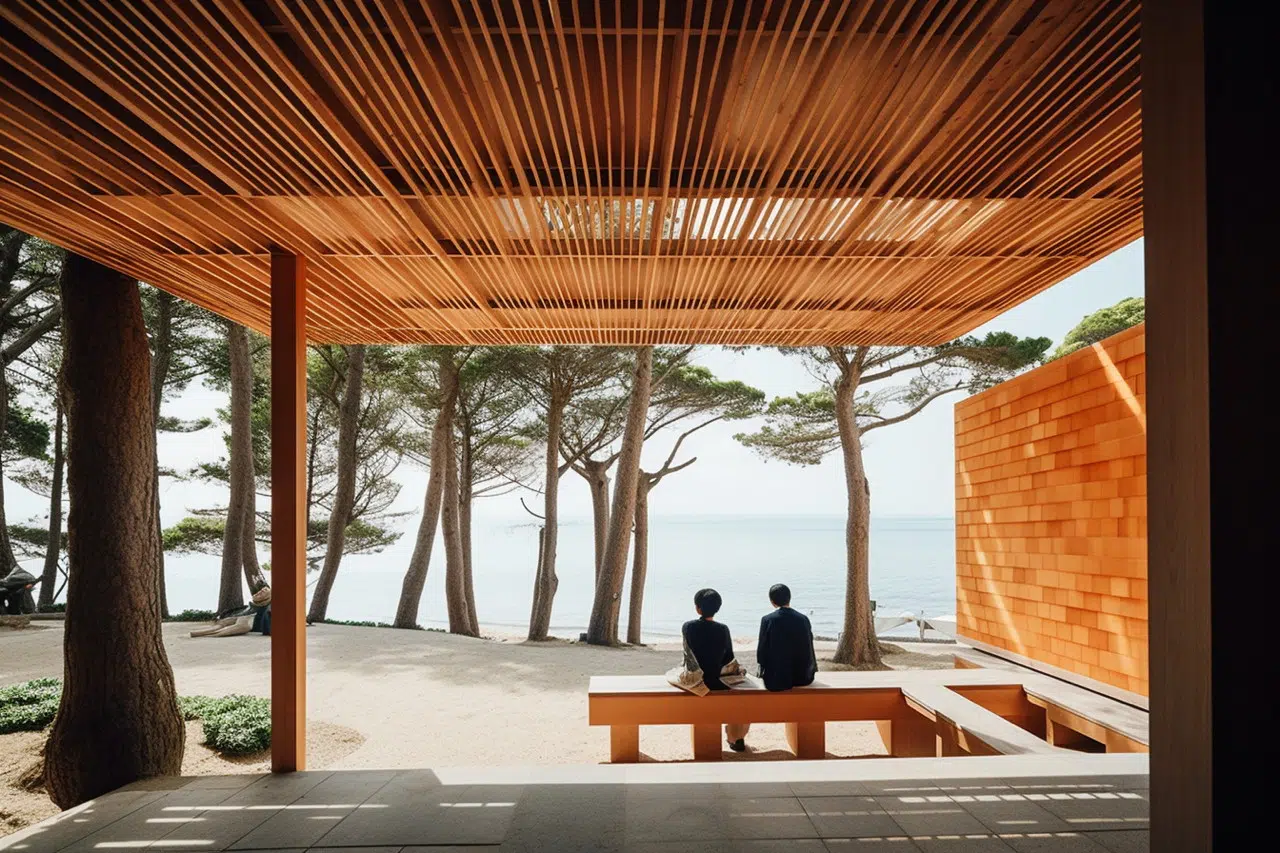
The distinction between upstream and downstream design highlights a divide in approach. Downstream methods, like product or service design, work within predefined briefs to deliver outputs, focusing on refinement and implementation. Upstream methods, however, embrace ambiguity, exploring and framing the right challenges without assumptions, using systemic inquiry and collaboration.
Strategic design extends upstream thinking with a future-oriented, systemic, and critical lens, addressing structural drivers of challenges to ensure solutions are innovative, equitable, and resilient. This perspective builds on the foundational work of Humantific and GK VanPatter.
Strategic design is not merely an extension of traditional design practice; it represents a fundamental shift in focus and intent. Where traditional design often begins with predefined briefs and assumptions that challenges or opportunities are tied to products, services or experiences, strategic design starts upstream—before clarity exists. Traditional design tends to function like a set of specialized tools applied situationally to craft outputs within established boundaries. While these methods can produce effective solutions, they often remain constrained by the given frames of product or service creation and rarely surface the deeper systemic dynamics or cognitive behaviors that shape innovation itself.
Strategic design, by contrast, integrates principles of creative problem solving (CPS) with a future-oriented, structural and ethical perspective. Unlike design thinking, which is well-suited to implementing briefs and addressing surface-level symptomatic short-term challenges, strategic design uses CPS to delve into the root causes and interconnections that define complex systems. CPS provides the tools to reframe ambiguous challenges, explore diverse possibilities and generate insights that inform long-term transformative strategies. Combined with strategic design’s structural focus, this approach seeks to dismantle power imbalances and address the paradigmatic drivers of societal, organizational and planetary issues. Its ethical foundation ensures that interventions are not only innovative but also equitable and sustainable, prioritizing systemic resilience over short-term fixes.
If designers take a design briefing at face value, implementing it without questioning its assumptions or the framing of the problem, it is not strategic design. Such an approach risks perpetuating the same systemic issues it aims to solve. Strategic design begins by interrogating the briefing itself, asking whether the challenge has been accurately framed, whether the right stakeholders have been involved and whether the deeper conditions shaping the problem have been identified. A strategic designer uses CPS principles to explore these layers, transforming a fixed briefing into a dynamic, generative tool that helps uncover root causes and identify opportunities for structural transformation. This reframing process ensures that solutions are grounded in a clear understanding of the broader systems at play.
Strategic design abandons assumptions and predefined solutions, choosing instead to work with ambiguity. It embraces the “fuzzy” nature of early-stage challenges, recognizing that multiple interconnected issues often exist simultaneously and cannot be disentangled from their broader social, organizational or planetary contexts. Rather than imposing clarity prematurely, it uses iterative exploration, ethnographic insight and scenario building to navigate uncertainty and develop a deeper understanding of the structural forces at work. By reframing problems and exploring future scenarios, strategic design identifies leverage points that can drive meaningful long-term change.
At its core, strategic design is both a sensemaking and bridging practice. It does not simply design for systems or organizations but operates within them, creating the conditions for collective intelligence and collaboration. CPS informs this process, enabling designers to draw connections between diverse perspectives, surface creative insights and facilitate the co-creation of systemic solutions. By fostering relationships across disciplines, perspectives and silos, strategic design builds the shared understanding necessary to navigate complexity and create transformative outcomes.
This upstream orientation positions strategic design as a practice of continuous inquiry. It navigates complexity not to reduce it but to make it actionable, prioritizing structural challenge framing and the generation of insights that help participants engage with uncertainty. Strategic design slows down the rush to implement, providing the disciplined space needed to interrogate the systems, power structures and cultural dynamics that shape challenges and constrain possibilities. Its iterative and nonlinear process acknowledges that uncertainty is not a barrier but a condition to be embraced, allowing organizations and societies to develop adaptive future-oriented strategies.
Strategic design is deeply exploratory and action-oriented, yet it resists the temptation to define solutions too soon. Instead, it co-creates frameworks for transformation that remain adaptable to changing circumstances. Guided by CPS, strategic design engages stakeholders in iterative conversations that uncover hidden assumptions and challenge existing paradigms. It ensures that interventions are not only creative but also ethically aligned with the long-term well-being of the systems and communities they aim to serve.
By blending CPS with foresight, systems thinking and adaptive methodologies, strategic design challenges conventional boundaries. It critically examines the interconnected nature of societal, environmental and economic systems, crafting interventions that are both innovative and sustainable. Through participatory practices, it ensures that those most affected by systemic challenges are integral to the process, shaping solutions that reflect their realities and aspirations.
Strategic design enhances organizational and societal adaptability by fostering resilience and informed experimentation. It equips participants to recognize broader patterns and interdependencies, enabling them to engage with complexity more effectively. By breaking down silos and cultivating collective intelligence it transforms how organizations and societies approach uncertainty and change.
Strategic design is not about providing answers; it is about crafting better questions. It integrates CPS principles with a future-oriented, structural and ethical perspective, empowering organizations and societies to navigate complexity with clarity, intention and responsibility. By focusing upstream and engaging deeply with the conditions that shape the present, strategic design opens pathways to transformative futures grounded in curiosity, equity and systemic resilience.